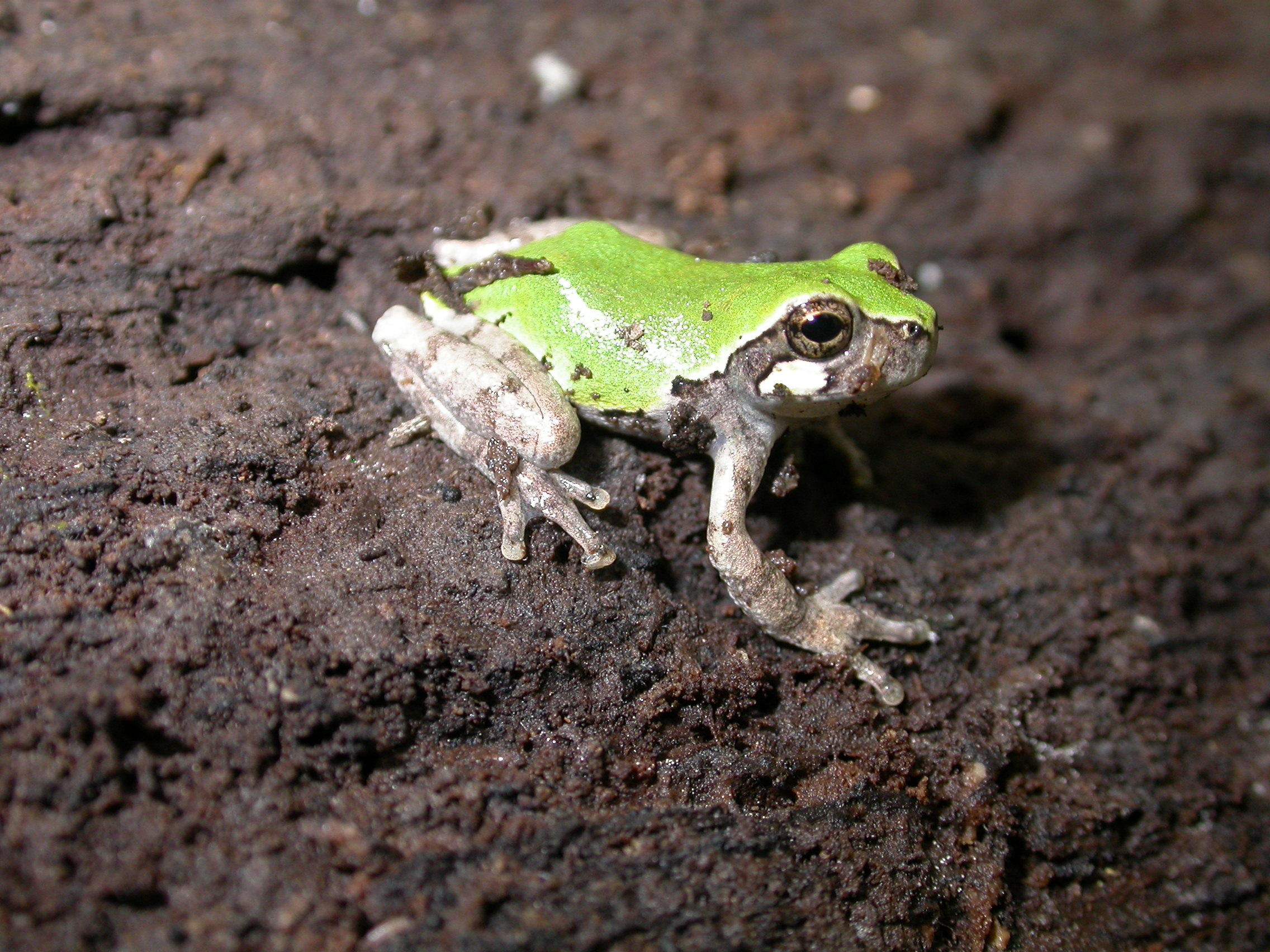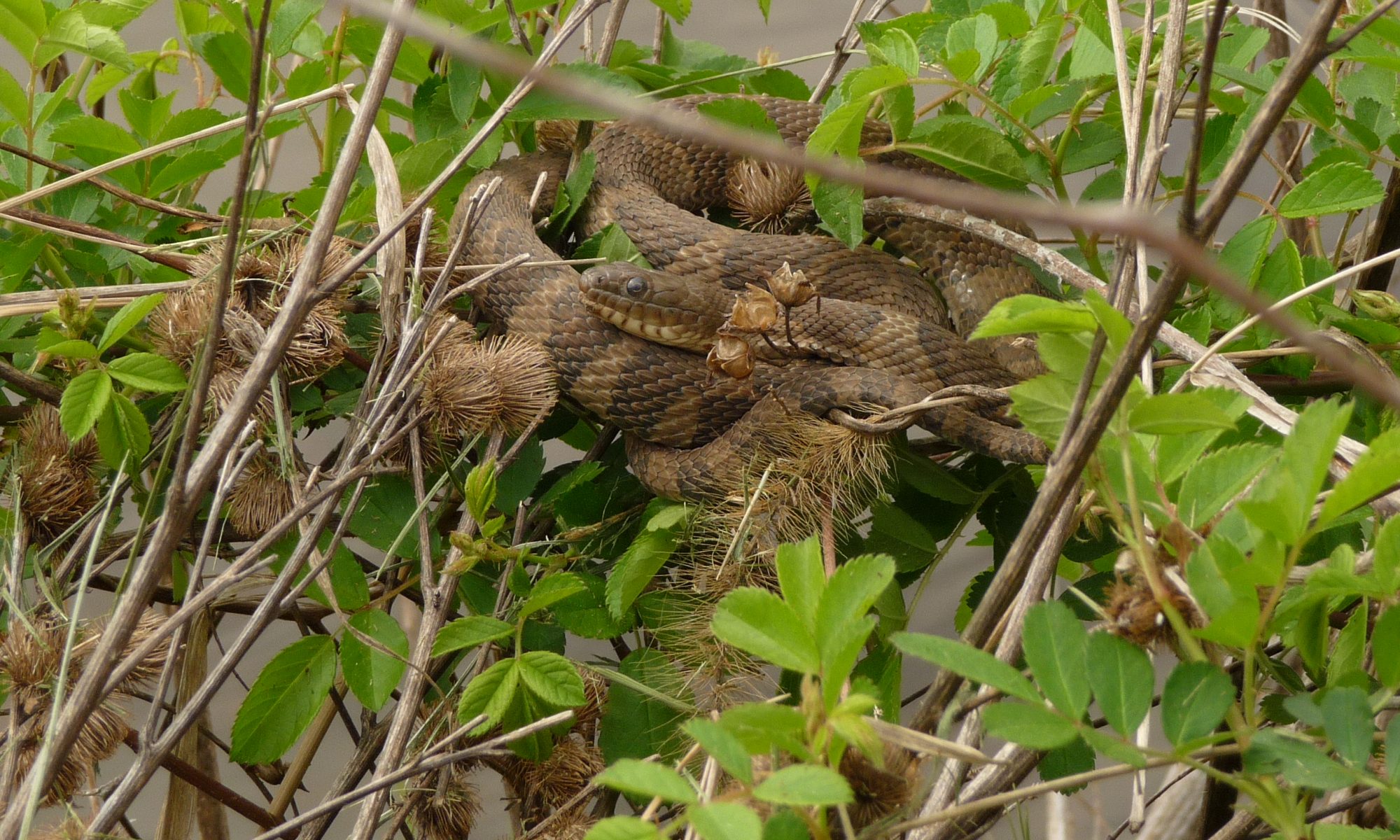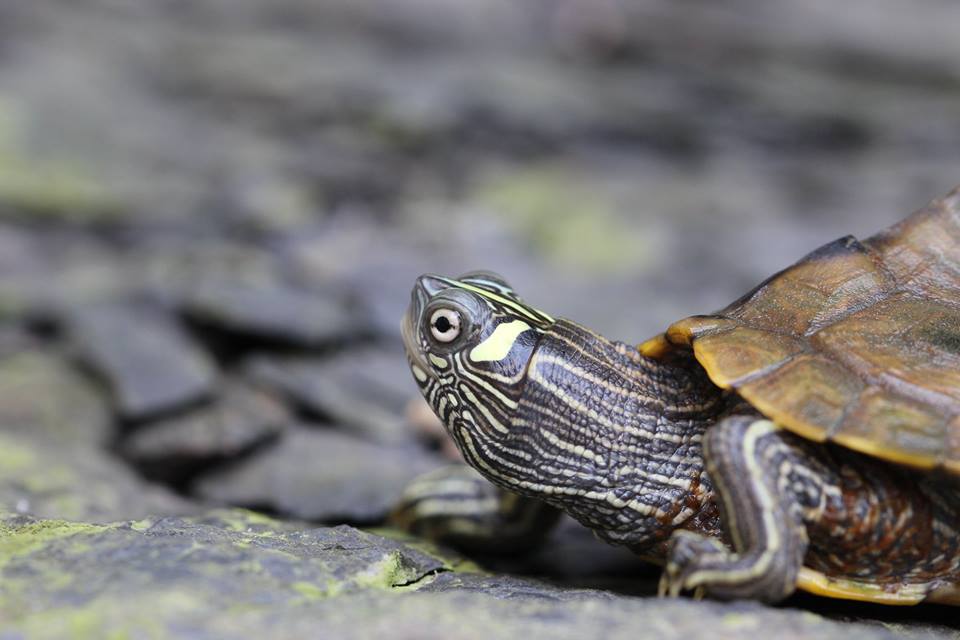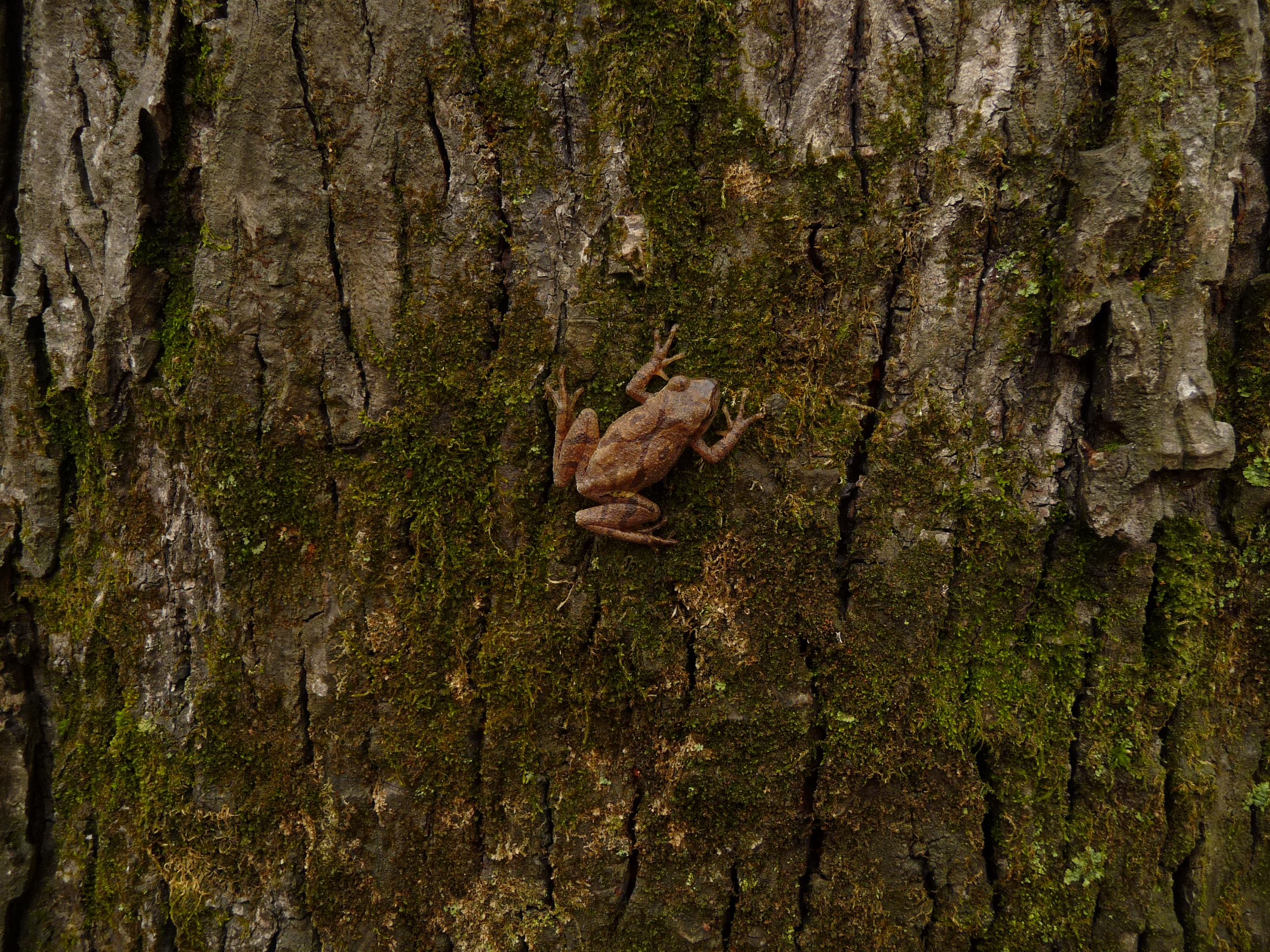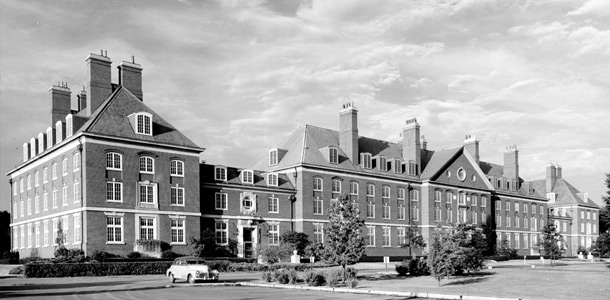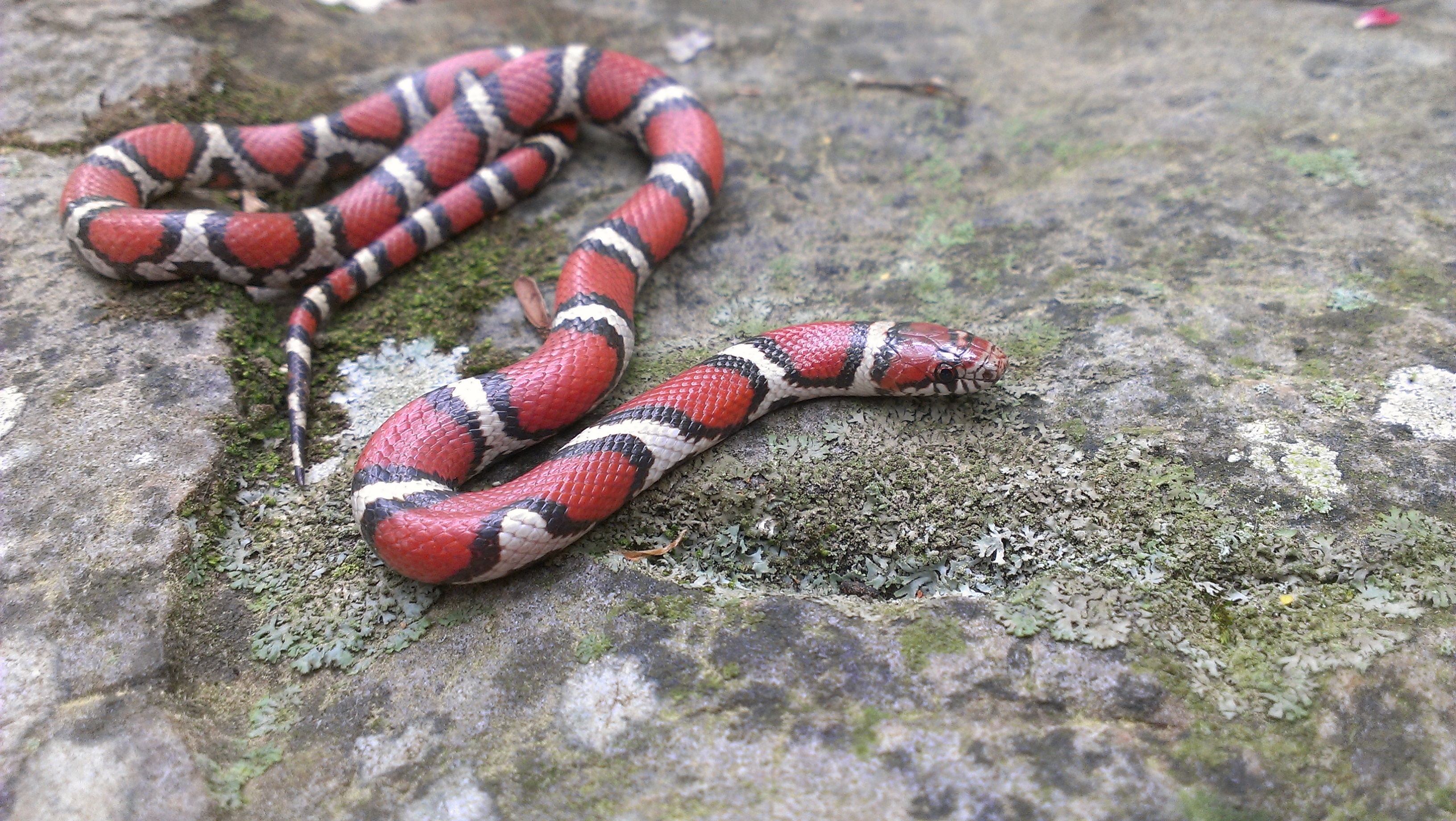The Illinois Natural History Survey houses two separate herpetology collections, the INHS Amphibian and Reptile Collection (INHS) and the University of Illinois Museum of Natural History Amphibian and Reptile Collection (UIMNH).
The Illinois Natural History Survey Amphibian and Reptile Collection
The INHS Amphibian and Reptile Collection contains approximately 40,000 catalogued specimens, representing 55 families and over 550 species (51% Amphibia, 49% Reptilia). The geographical emphasis is Illinois (75%). This is the result of the efforts of Phil W. Smith, who collected specimens from 1935 to 1949 for his comprehensive study “The Amphibians and Reptiles of Illinois,” published in 1961. In addition to the Illinois material, the INHS collection also houses specimens from 45 other U.S. states, Canada, the Caribbean, Mexico, South America, Asia, Africa, and Europe. Most notable among these are specimens collected by P.W. Smith from California (1943-1952) and Mexico (1957-1965), specimens of S.A. Minton from Pakistan, Mexico and Texas and specimens from Thailand collected by R.W. Larimore (1963). We are currently compiling a list of major collectors associated with the INHS Amphibian and Reptile Collection, including short bios.
We also maintain a tissue collection that contains high quality tissues from a portion of our vouchered specimens, mostly those collected after 1998. This collection may be searched by choosing the appropriate link from the Data tab, above. The search engine will deliver limited location information. Detailed location data may be obtained by contacting the curator, Chris Phillips.
